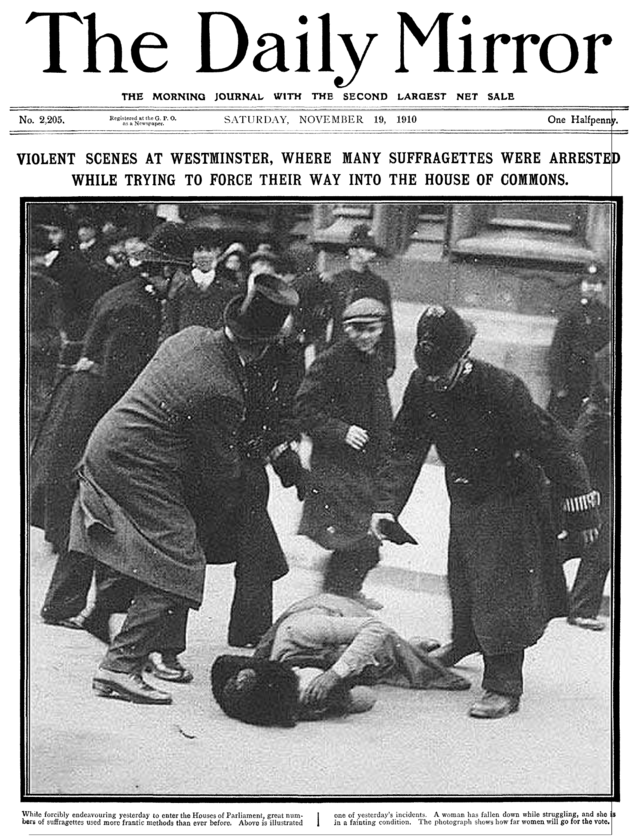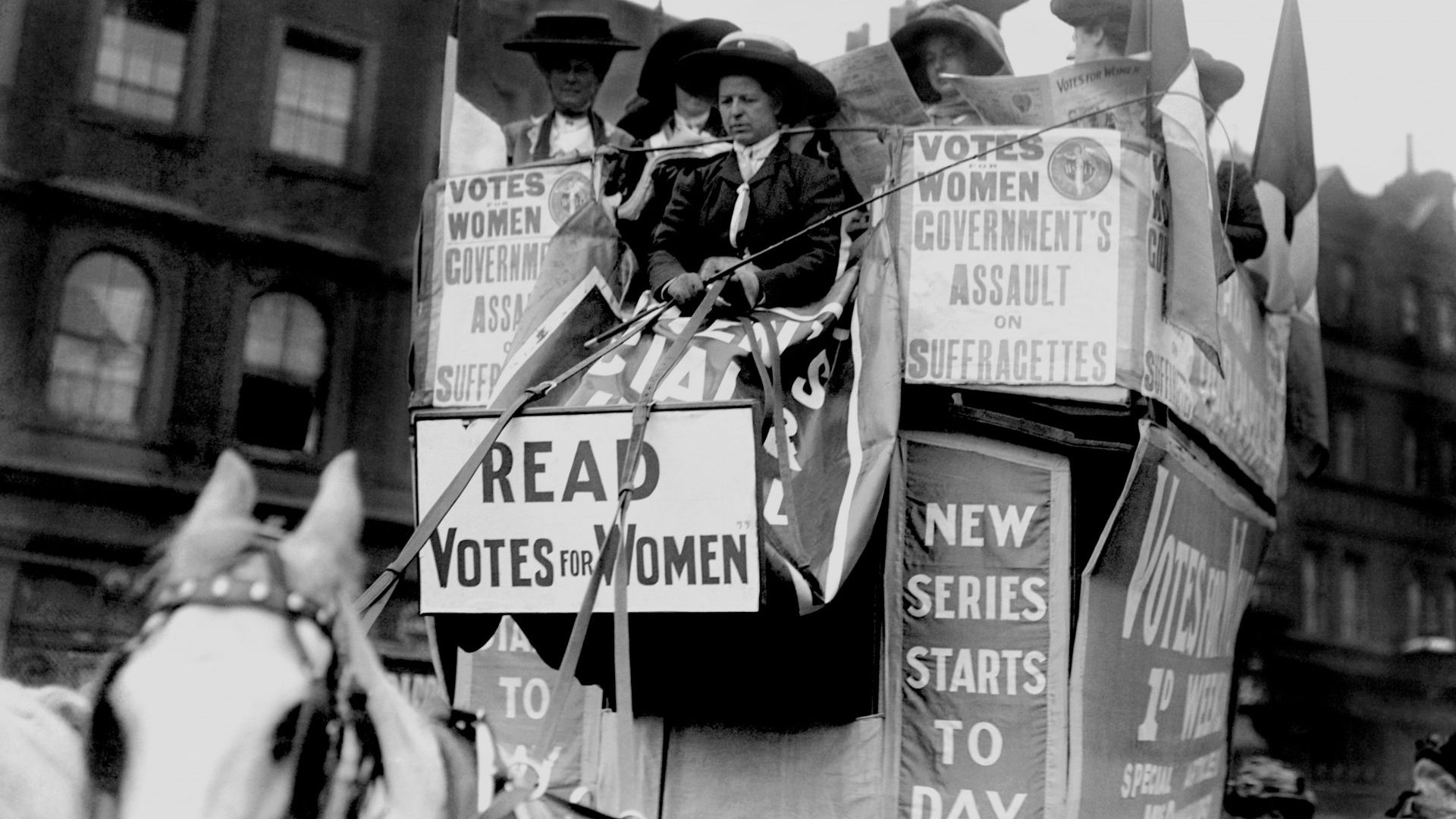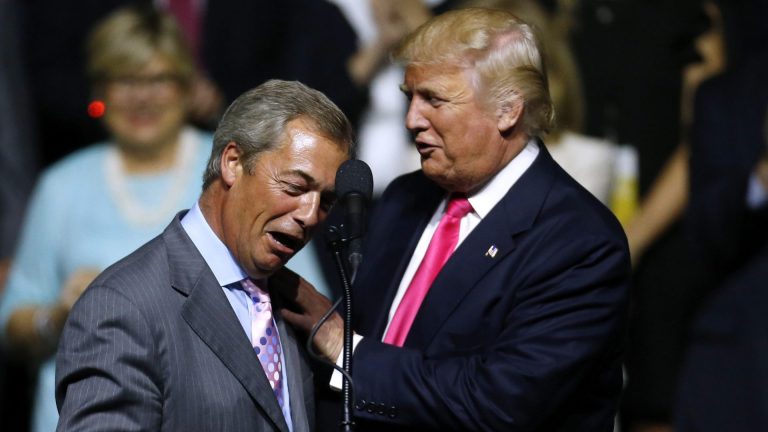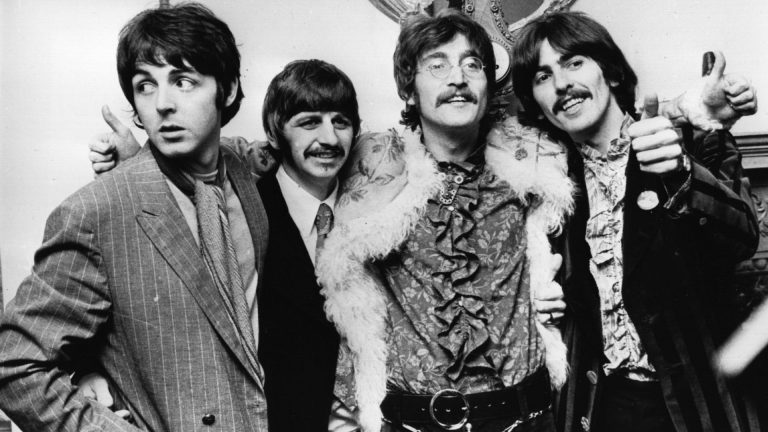How do you control 300 Suffragettes? For prime minister Herbert Asquith the solution was simple: 6000 policemen.
On 18 November 1910, this is precisely what he did. After promising and then failing to deliver a debate in parliament on a bill which, potentially, would’ve given women the right to vote 300 members of the Women’s Social and Political Union (WSPU), more commonly known as the Suffragettes, decided to process down towards parliament.
In the ranks, there was quite the collection of characters, the ‘rockstars’ of the movement including Flora Drummond. To her fellow activists, however, she was known by another name, The General, earning this title for her sporting of a military uniform and often choosing to attend on horseback.
Joining her was Princess Sophia Duleep Singh, obedient goddaughter to Queen Victoria who also revelled in giving the establishment a good kicking every now and then. Usually found driving the press carts for the WSPU, attracting media attention and mortifying her former friends, she had made the transition from fully-fledged socialite to Suffragette.
Thanks to Asquith, awaiting their arrival was 6000 policemen and the closer they came to the House of Commons, the more aggressive the pushback became. 300 to 6000 was an unforgiving ratio, and violence that followed meant the day was henceforth known as Black Friday.
For six hours these women endured being battered, kicked and punched by police. Not to mention, sexual abuse. Suffragettes had their breasts twisted and pinched, their skirts lifted and were groped by law enforcement.
Ada Wright was one of these women and an image of her abuse was one the government wanted to disappear.

The next day the Daily Mirror ran a front-page headline of “Violent scenes at Westminster, where many Suffragettes were arrested while trying to force their way into the House of Commons”. Under it was this image of Wright that became infamous. In it, she’s collapsed on the ground, hands covering her face while towered over by policemen. It speaks for itself and, naturally, the government wanted it hidden.
And so, a cover-up was instigated. Number 10 ordered the negatives of the image destroyed and further demanded that sales of the edition stop. A decision was also made that there would be no formal government enquiry into the events of that day as operation sweep it under the carpet began. This judgement call was made by one Winston Churchill, the home secretary.
If the government was going to close a door, then the Suffragettes would open a window. Or rather, shatter them in vast quantities as the window-smashing campaigns started. Black Friday was a revelation, why suffer hours of brutality only to get arrested when you could smash a window and get arrested immediately? This efficiency came with a handy symbolic message, politicians cared more about shattered glass than women’s suffrage.
After Black Friday, it was time to make some investments in their safety. The cardboard Suffragettes used to strap to their ribs was no longer cutting it. Their strategy of knocking off policemen’s helmets to evade attack, as officers were financially responsible for replacing their own uniform if lost, could only take them so far. Ultimately, Suffragettes needed to protect themselves. Enter Edith Garrud.
Garrud’s husband, William, ran a martial arts school and the couple were booked to attend a WPSU meeting together. Their routine was that William would do the teaching, while his wife would do any demonstrating as his trusted assistant. It worked until William was taken ill one day.
Rumour has it that Emmeline Pankhurst herself suggested Edith take the class in his absence and the rest was history as she began regularly teaching the Suffragettes jiu-jitsu.
At 4ft 11in, she was not the most likely of jiu-jitsu instructors and it seemed she would be no match for policemen who were required to be at least 5ft 10in. Nonetheless, suffrajitsu was born and, in light of Black Friday, she taught women how to fight back.
The annual retail bonanza of Black Friday lures shoppers with deals that are seemingly too good to be true. This day is about some more harrowing figures.
300 Suffragettes processed toward parliament for the right to vote. 6000 policemen were ready to stop them. 118 women were arrested for their involvement, and two lost their lives as a result of their injuries.
It had nothing to do with bargains, but everything to do with cost.










